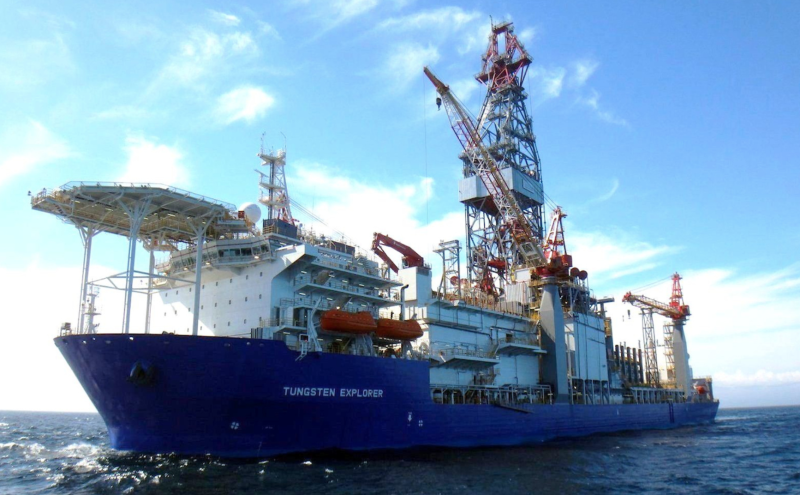Global explorers drilled 37 high-impact wildcat wells during the first half of 2025 with a 27% success rate, both in line with the most recent 5-year average, according to energy data specialists Westwood. The discoveries made are estimated to hold a combined 1.8 billion BOE of commercial resource, 81% of which is oil. Volumes discovered were led by wells in West Africa and Brazil followed by the Middle East and the US.
Westwood expects the year to close out with between 75 to 80 high-impact wells completed and frontier exploration at its highest level since 2019. QatarEnergy is expected to be the most active explorer in 2025 with up to 13 high-impact wells in a landscape dominated by supermajors and NOCs.
The first half-year highlights included Armstrong’s Sockeye-2 discovery in Alaska and BP’s Far South find in the deepwater Gulf of Mexico (GOM). Westwood said that Sockeye-2 encountered good-quality Paleocene age sands and flowed at 2,700 BOPD, while Far South encountered high-quality Miocene reservoirs in both the initial well and a sidetrack, but no details about potential volumes were shared publicly.
“It does look to be potentially commercial, but it probably doesn't look quite as big as BP were hoping for predrill,” said Jamie Collard, senior analyst, global exploration and appraisal team at Westwood.
Other key finds in the first half of the year included Petrobras’ Tortuga Leste in the Santos Basin, Wolin East offshore Poland, Murphy’s Hai Su Vang off Vietnam, and a pair of finds in the Orange Basin off Namibia — Galp’s Mopane-3 and Rhino Resources’ Capricornus.
Among the wells to watch during the second half of the year, Westwood highlighted Occidental’s Bandit probe in the US GOM. Bandit is in the existing Constitution field in Green Canyon Blocks 679 and 680. Chevron has farmed into the deeper portion (below 20,000 ft) of the well. If drilled to its total planned depth of 40,000 ft, it will be the deepest well ever drilled in the US Gulf, besting the Cobalt-led Ardennes probe from 2013.
“Bandit is understood to be targeting both a shallower Miocene play as well as the primary target in the Paleocene/Wilcox,” said Collard. “It is located in the inboard area of the Paleocene play where we’ve seen very high-pressure conditions, and this has really caused some of the developments to be quite slow and challenging.”
Westwood expects to commence drilling in the fourth quarter of this year using drillship Valaris DS-16.
Off Namibia, the Orange basin wells to watch includes the TotalEnergies-led Olympe (PEL-91), a potentially giant, Lower Cretaceous, four-way closure compared to the stratigraphic traps that have been targeted in the region to date.
To the north, Azule will test its Quitexe prospect in the Congo basin offshore Angola during the second half of the year. It will attempt to extend the Oligi-Miocene play outboard of the prolific Block 31.
“The key risk here is going to be potentially low source rock maturity as well as the effectiveness of the upper Cretaceous source rock.” said Bryan Gill, senior exploration analyst at Westwood. “This would be due to potentially low substance and burial on the outer basin high as well as uncertain thermal regime. The risk is highlighted by the Ondjaba well which was drilled by TotalEnergies in 2021. It was drilled in a similar position in the adjacent Block 28 to the south. The well did encounter reservoir quality sands, but only some potential hydrocarbon shows present.”
Eni plans a long-delayed frontier wildcat in Area C offshore Libya. Westwood believes the Matsola well will be spud around the end of the year and is targeting gas reserves in the Upper Cretaceous.
Westwood’s other wells to watch include the Vinekh well in the western Black Sea off Bulgaria, the Riquah-3 probe offshore Kuwait, and the billion-barrel potential of the Mailu test in the deepwaters of the Papuan Plateau off Papau New Guinea.


